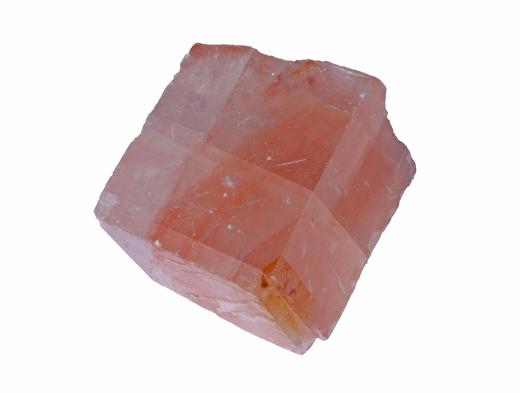A piezoelectric transducer is a device that transforms one type of energy to another by taking advantage of the piezoelectric properties of certain crystals or other materials. When a piezoelectric material is subjected to stress or force, it generates an electrical potential or voltage proportional to the magnitude of the force. This makes this type of transducer ideal as a converter of mechanical energy or force into electric potential.
The high sensitivity of piezoelectric transducers makes them useful in microphones, where they convert sound pressure into electric voltage, in precision balances, in accelerometers and motion detectors, and as generators and detectors of ultrasound. They are also used in non-destructive testing, in the generation of high voltages, and in many other applications requiring the precise sensing of motion or force.

The piezoelectric effect also works in reverse, in that a voltage applied to a piezoelectric material will cause that material to bend, stretch, or otherwise deform. This deformation is usually very slight and proportional to the voltage applied, and so the reverse effect offers a method of precision movement on the micro scale. A transducer may, therefore, be used as an actuator for the exact adjustment of fine optical instruments, lasers, and atomic force microscopes.

These devices can be used both as sensors and actuators, so they're referred to as transducers, a term applied to any device that can convert one form of energy to another. As a result, both piezoelectric sensors and piezoelectric actuators come under this heading. The sensor turns mechanical energy into electric potential, and the actuator converts electrical energy into mechanical force or motion.

The voltage generated by piezoelectric transducers can be quite high, often in the thousands of volts, but is brief, occurring only when the material is initially deformed. This makes them useful in electronic cigarette lighters and push-button igniters for gas ranges and grills. In these applications, pushing a button activates a small, spring-loaded hammer, which strikes a piezoelectric material and generates a voltage sufficient to cause an electric arc to jump between the exposed electrodes of the igniter.
Originally thought to be a property only of specific types of crystals like quartz and topaz, advances in materials science have resulted in the creation of polymers and ceramics that also show piezoelectric properties. In fact, the most common piezoelectric material currently in use is the man-made ceramic lead zirconate titanate, known as PZT. This material has the ability to provide twice the voltage of quartz under a given force.
These transducers are simple, reliable, and very robust, and so find wide use in industry, medicine, and aero-space work. They're unaffected by external electromagnetic fields, and so can be used in applications where electronic sensors would fail. They are stable over a broad range of temperatures, but may be effected by long use as high temperatures.
